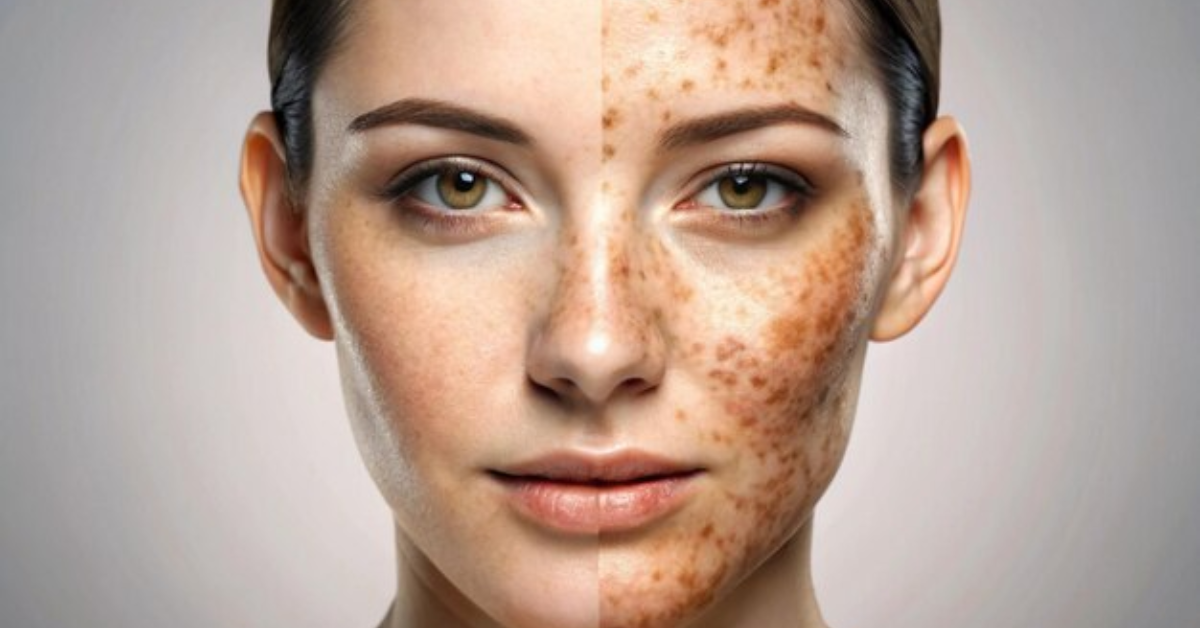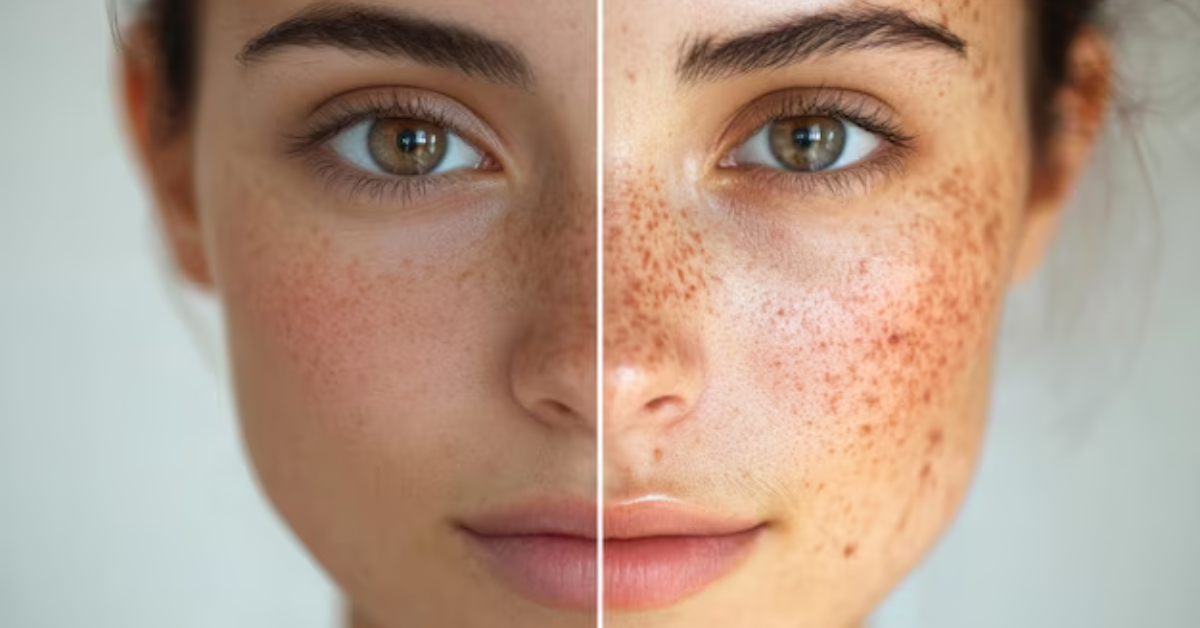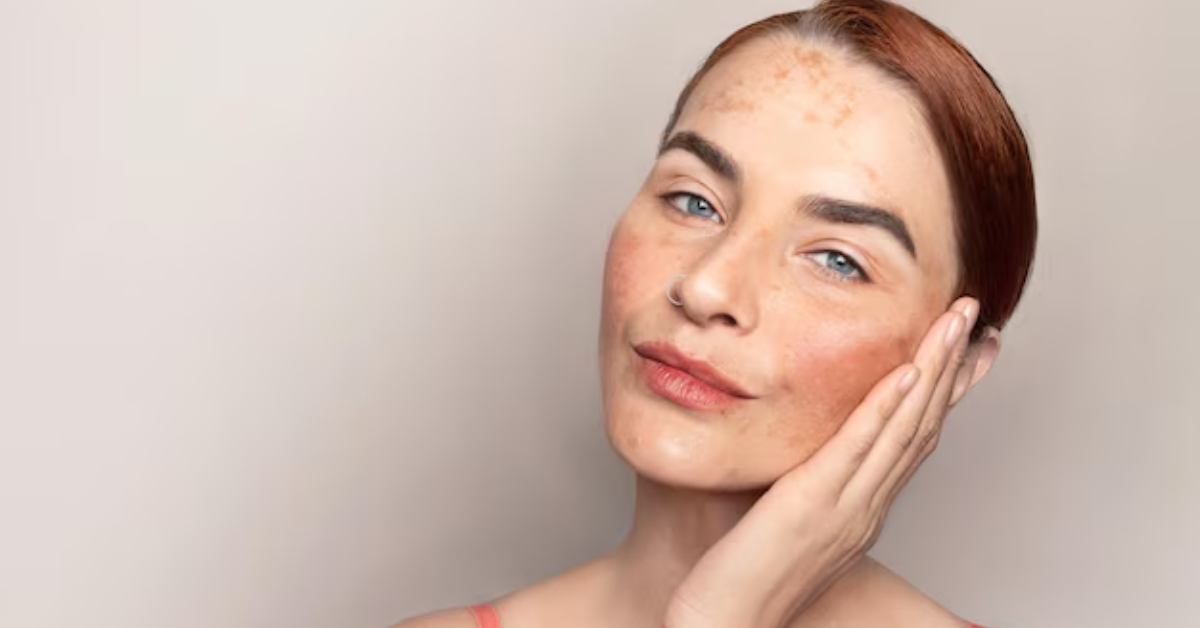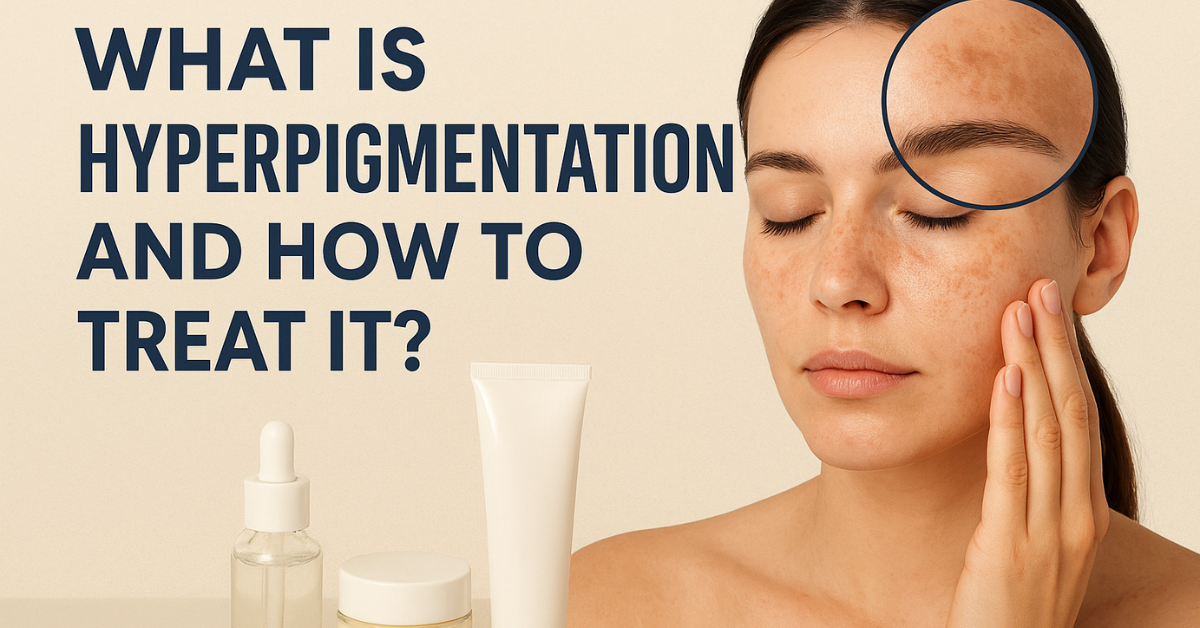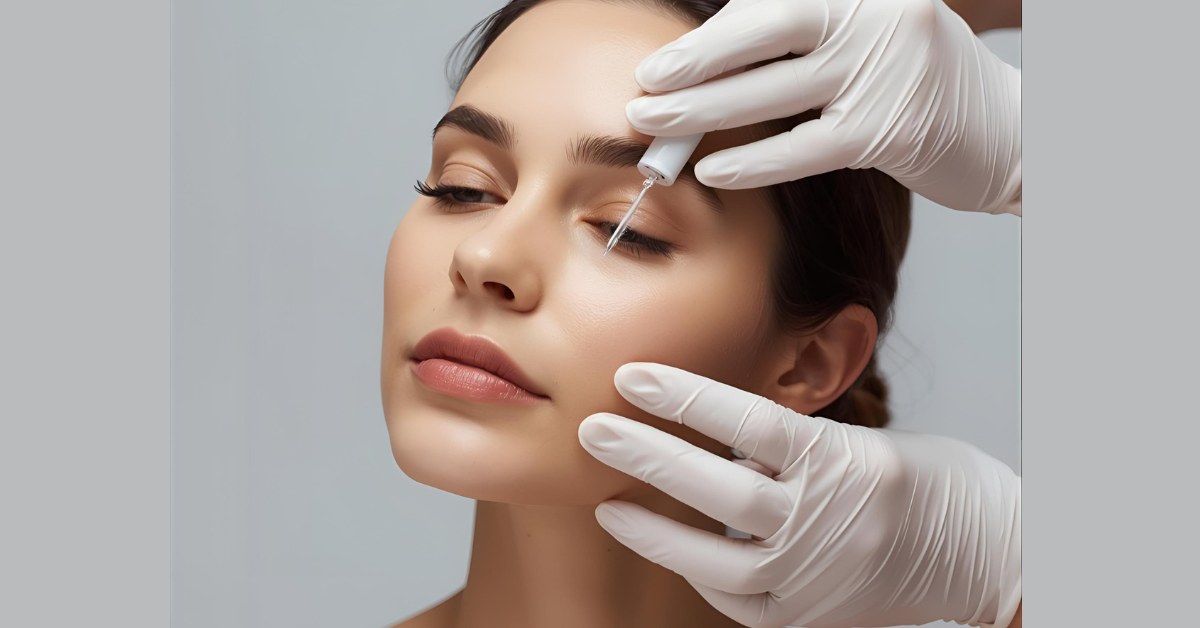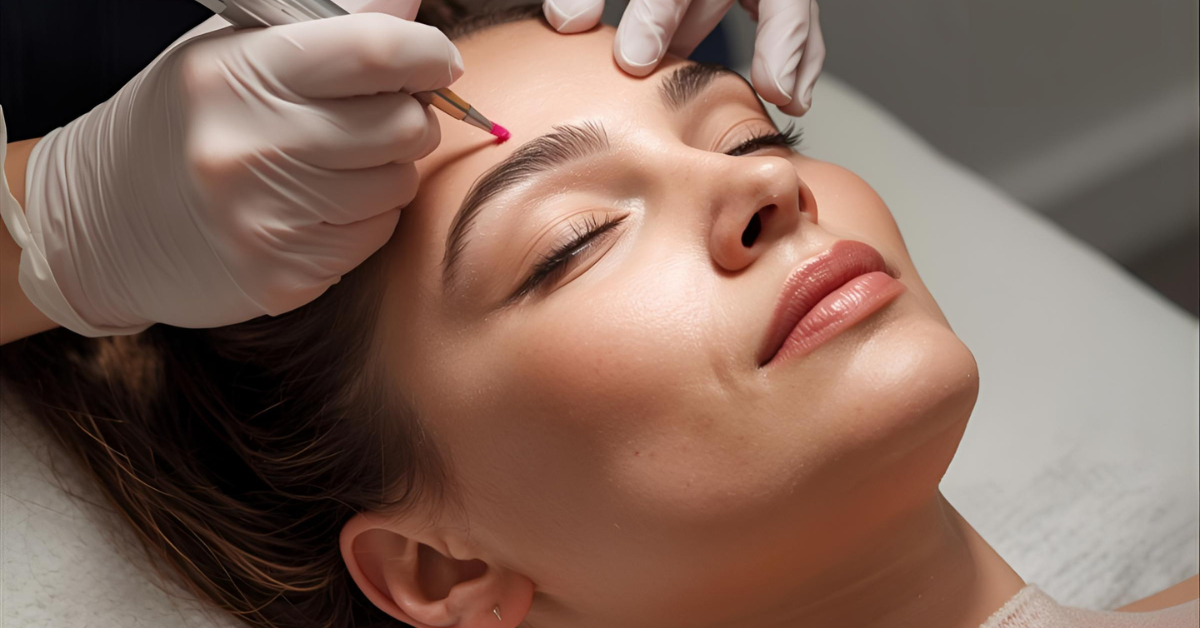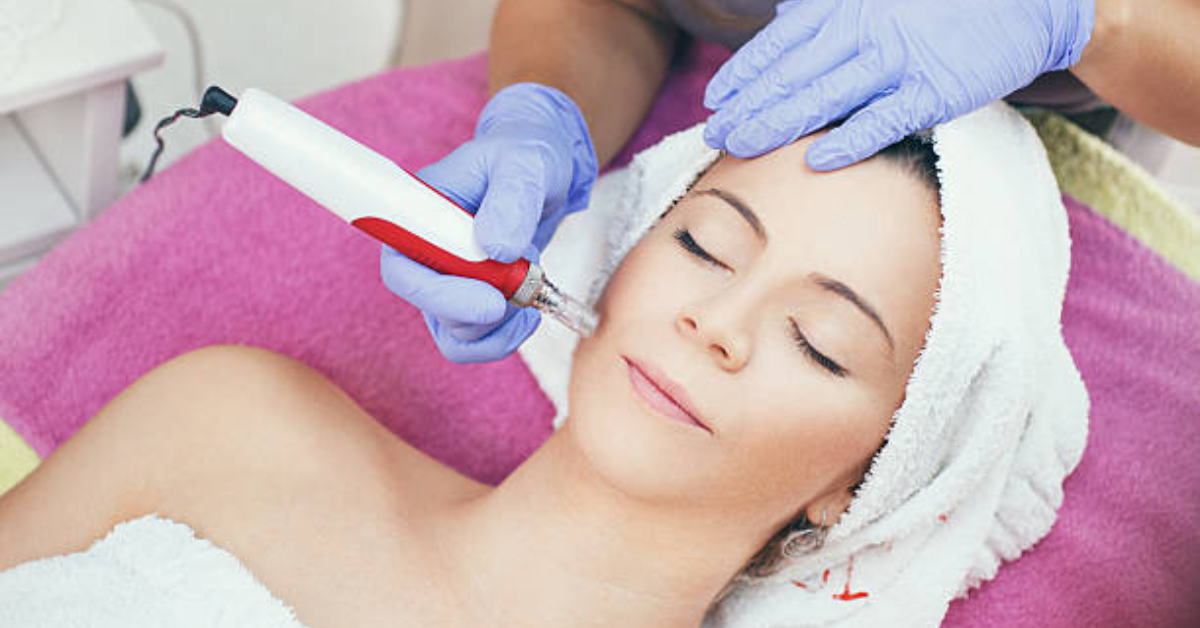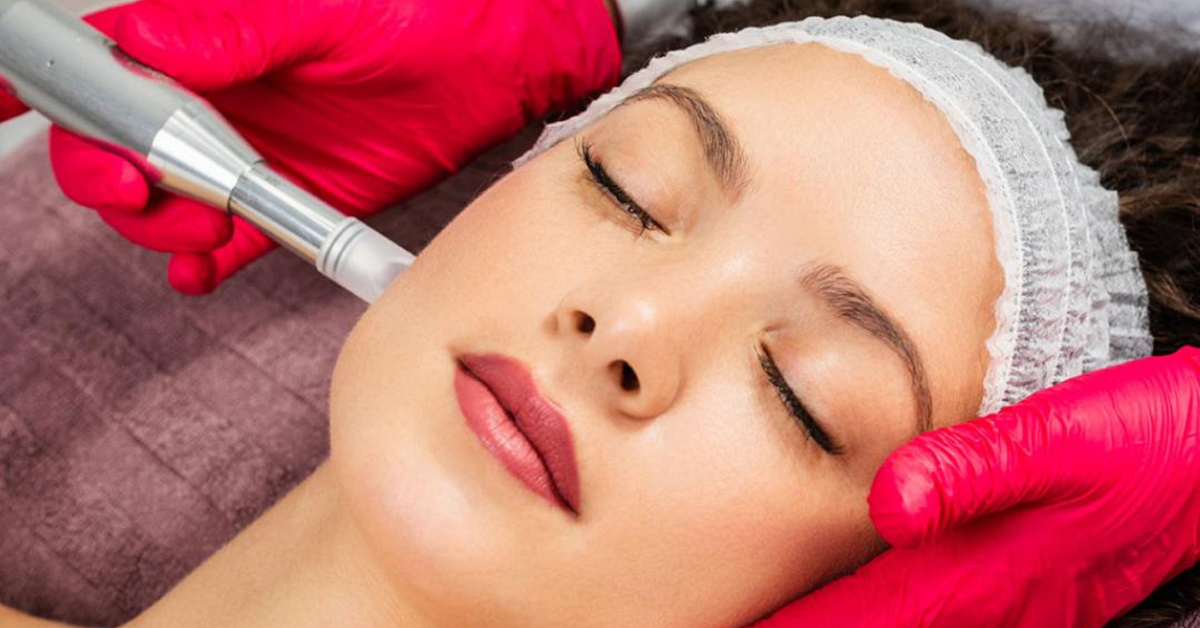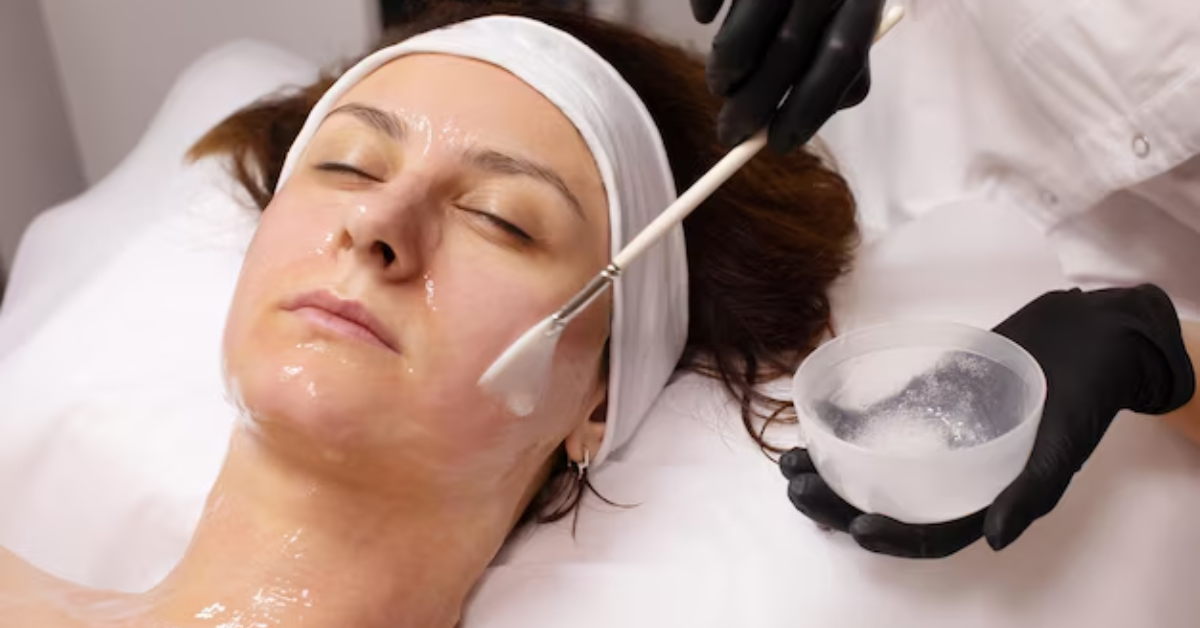Can Laser Treatment Really Get Rid of Wrinkles?
Wrinkles are a natural part of aging, but that doesn’t mean you have to live with them if you don't want to. With advancements in aesthetic medicine, laser treatment has emerged as one of the most effective options for reducing the appearance of fine lines and wrinkles. But can laser treatment really get rid of wrinkles, or is it just another overhyped beauty trend? In this article, we’ll explore how laser treatments work, their effectiveness, types of lasers used, and what results you can realistically expect.
What Causes Wrinkles?
Before diving into laser wrinkle treatments, it’s essential to understand what causes wrinkles in the first place. Wrinkles form due to a combination of aging, sun exposure, loss of collagen and elastin, repeated facial expressions, and environmental factors like smoking and pollution. As we age, the skin’s ability to regenerate decreases, and the natural support structures of the skin weaken, leading to lines, sagging, and creases.
How Does Laser Treatment Work for Wrinkles?
Laser treatments use focused light energy to remove damaged skin cells and stimulate the body’s natural healing process. This leads to increased collagen production and skin regeneration. Over time, as the new collagen forms, the skin becomes firmer, smoother, and more youthful in appearance.
There are two main categories of laser treatments for wrinkles:
- Ablative Lasers: These lasers remove the outer layer of skin (epidermis) and heat the underlying skin (dermis), triggering collagen production. Examples include CO2 lasers and Erbium lasers. Ablative treatments are more intensive and typically used for deeper wrinkles.
- Non-Ablative Lasers: These lasers heat the skin without removing any layers, making them less invasive. They are ideal for mild to moderate wrinkles and require less downtime. Common examples include Fraxel and Nd:YAG lasers.
Effectiveness of Laser Treatment for Wrinkle Reduction
So, can laser treatment really reduce or eliminate wrinkles? The answer is yes—but with some important caveats.
Laser therapy is proven to reduce the appearance of wrinkles, especially around the eyes, mouth, and forehead. Many patients notice smoother skin texture, improved tone, and reduced fine lines after a series of treatments. However, the degree of improvement depends on several factors, such as:
- The depth and type of wrinkles
- The laser technology used
- The number of treatment sessions
- The skill and experience of the practitioner
- Your skin type and overall health
For deep wrinkles or sagging skin, laser treatment may not eliminate them entirely but can significantly soften their appearance. In some cases, combining laser therapy with other anti-aging treatments like dermal fillers or Botox can yield more dramatic results.
Popular Laser Treatments for Wrinkles
Several laser systems have gained popularity due to their effectiveness in treating signs of aging. Some of the most commonly used include:
- CO2 Laser Resurfacing: Ideal for deep lines and wrinkles, especially around the mouth and eyes. It involves longer downtime but delivers dramatic results.
- Erbium Laser: Targets fine lines and is gentler than CO2, with faster healing.
- Fraxel Laser: A fractional laser that treats only a portion of the skin at a time, promoting faster recovery while improving skin texture and wrinkles.
- Nd:YAG Laser: Non-ablative and effective for mild to moderate wrinkles with minimal downtime.
What to Expect During and After the Procedure
Laser treatments are typically performed in a dermatologist’s or cosmetic surgeon’s office. Depending on the type of laser and your skin concerns, the procedure may take anywhere from 30 minutes to two hours. A numbing cream or local anesthesia is usually applied to minimize discomfort.
After the treatment, you can expect some redness, swelling, and peeling. Recovery time varies based on whether you choose ablative or non-ablative therapy. Ablative lasers may require 1–2 weeks of downtime, while non-ablative treatments often have little to no recovery time. To achieve the best results, most people need multiple sessions spaced a few weeks apart. Your doctor will guide you on the optimal treatment plan for your skin type and goals.
Are the Results Permanent?
Laser treatment for wrinkles offers long-lasting results, but it’s not a permanent fix. As you continue to age, your skin will naturally lose collagen and elasticity again. However, maintaining good skincare, using sun protection, and getting occasional maintenance treatments can help prolong the results. Most people experience visible improvements that last several months to a few years, depending on their skin and lifestyle habits.
Is Laser Wrinkle Treatment Right for Everyone?
While laser wrinkle removal is safe for many people, it’s not suitable for everyone. Individuals with very dark skin tones may be at higher risk for pigmentation changes, although newer technologies have made treatments safer for all skin types. Those with active acne, open wounds, or certain medical conditions may also need to delay or avoid treatment. It’s crucial to have a consultation with a qualified dermatologist or cosmetic professional before undergoing laser treatment. They’ll assess your skin, medical history, and goals to recommend the safest and most effective treatment plan.
Final Thoughts
Laser treatment can significantly improve the appearance of wrinkles and offer a smoother, more youthful complexion. While it may not permanently erase deep-set lines, it’s a powerful tool for reducing visible signs of aging and boosting collagen production. When performed by an experienced professional and paired with a proper skincare routine, laser therapy can be a highly effective anti-aging solution. If you're looking for a non-surgical method to enhance your skin’s appearance, laser wrinkle treatment is definitely worth considering.
To ensure the best results, always choose a licensed and experienced provider, follow all pre- and post-care instructions, and commit to protecting your skin from the sun. Whether you're battling fine lines or deep creases, laser treatments offer a modern and scientifically backed approach to younger-looking skin.

